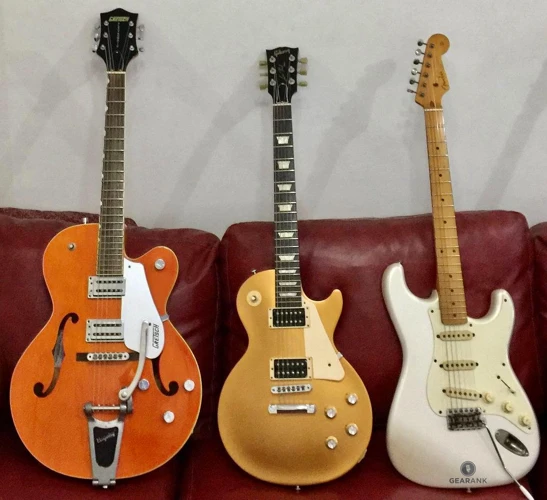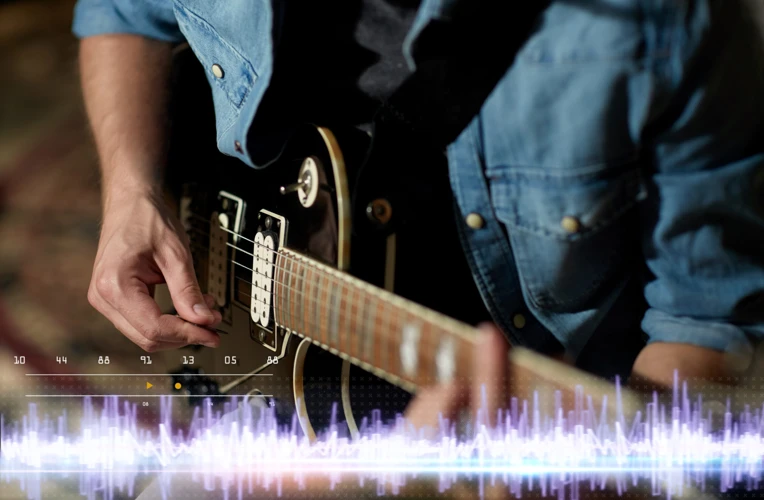Tone knobs are an essential part of any electric guitar, allowing musicians to shape and refine their sound to fit their style and preferences. In country music, where the sound is often warm, rich, and full, getting the tone just right is crucial. In this article, we will explore the art of advanced tone knob usage in country music and how it can help you achieve the perfect sound.
The Basics of Tone Knobs
Before we dive into the advanced techniques, it’s important to understand the basics of tone knobs. A tone knob is a potentiometer that controls the frequency response of the guitar’s signal. By turning the knob, you can reduce the high frequencies and make the sound darker, or increase the high frequencies and make it brighter. The specific frequency range that the tone knob affects depends on the guitar and the pickups, but it typically covers the treble range.
The Tone Knob in Country Music
In country music, the tone knob is often used to create a warm, mellow sound that is reminiscent of vintage instruments and recording techniques. This sound is achieved by reducing the high frequencies, which gives the guitar a rounder, fuller tone. The specific setting for the tone knob will depend on the guitar, the amp, and the desired sound, but a good starting point is to set it to around 7 or 8.
Advanced Techniques
Using the Tone Knob with Different Pickups
Different pickups have different frequency responses, and the tone knob can be used to compensate for this. For example, if you are using a bridge pickup, which tends to be brighter, you can use the tone knob to reduce the high frequencies and create a more balanced sound. Conversely, if you are using a neck pickup, which tends to be darker, you can use the tone knob to add some high frequencies and make the sound more lively.
Using the Tone Knob with Different Amps
The tone knob can also be used to compensate for the frequency response of different amps. For example, if you are using a bright amp, you can use the tone knob to reduce the high frequencies and create a more balanced sound. Conversely, if you are using a dark amp, you can use the tone knob to add some high frequencies and make the sound more lively.
Using the Tone Knob with Pedals
Pedals can also affect the frequency response of the guitar’s signal, and the tone knob can be used to compensate for this. For example, if you are using a distortion pedal, which tends to add high frequencies, you can use the tone knob to reduce the high frequencies and create a more balanced sound. Conversely, if you are using a reverb pedal, which tends to add low frequencies, you can use the tone knob to add some high frequencies and make the sound more lively.
Using the Tone Knob with Different Playing Techniques
Different playing techniques can also affect the frequency response of the guitar’s signal, and the tone knob can be used to compensate for this. For example, if you are using a lot of fingerpicking, which tends to be bright, you can use the tone knob to reduce the high frequencies and create a more balanced sound. Conversely, if you are using a lot of strumming, which tends to be dark, you can use the tone knob to add some high frequencies and make the sound more lively.
Experimentation is Key
The most important thing to remember when using the tone knob in country music is that experimentation is key. Every guitar, amp, and pedal is different, and the perfect setting for one may not be the perfect setting for another. By experimenting with different settings, you can find the sound that works best for you and your gear.
Looking to enhance your country music sound? Explore articles on advanced alternate picking techniques, signature model guitars for country music, string materials’ impact on tone and playability, using delay pedals in country music, and DIY pedal modifications for country guitarists to take your music to the next level!
Conclusion
The tone knob is a powerful tool for shaping and refining the sound of an electric guitar, and in country music, it is essential for creating the warm, mellow sound that is so characteristic of the genre. By understanding the basics of tone knobs and experimenting with advanced techniques, you can take your country guitar playing to the next level and achieve the perfect sound.
In this article, we have covered the basics of tone knobs, the tone knob in country music, and advanced techniques such as using the tone knob with different pickups, amps, pedals, and playing techniques. Remember, experimentation is key, and with practice and patience, you can master the art of advanced tone knob usage in country music.


